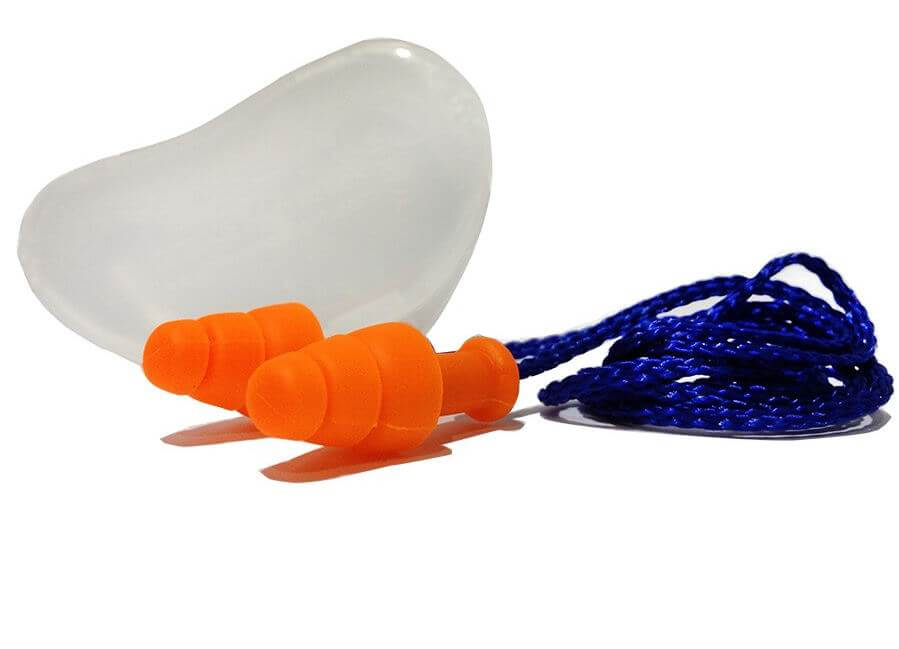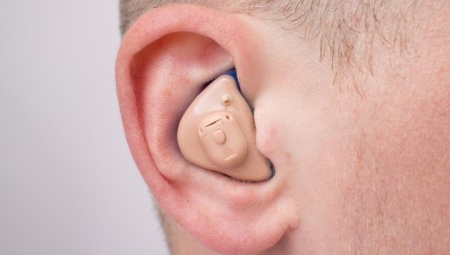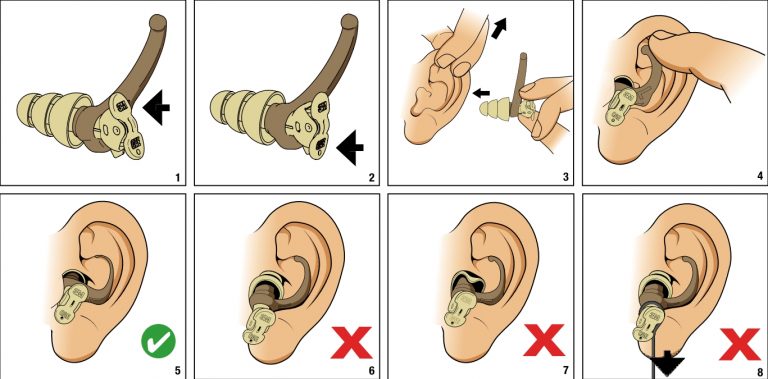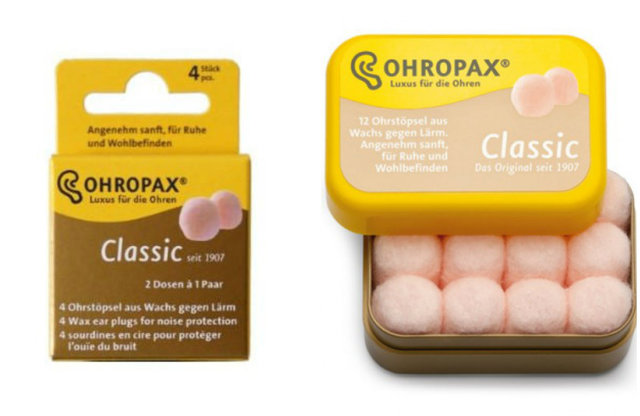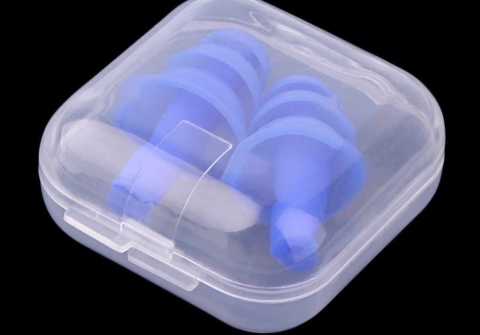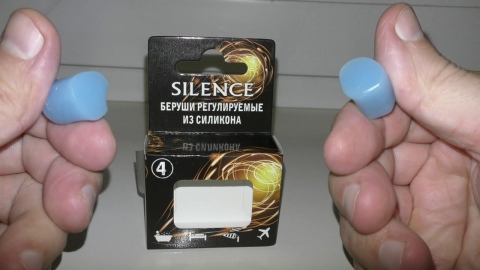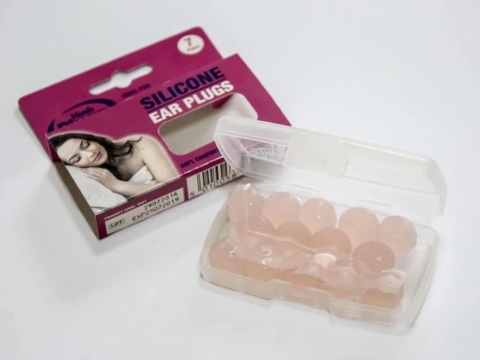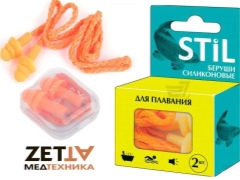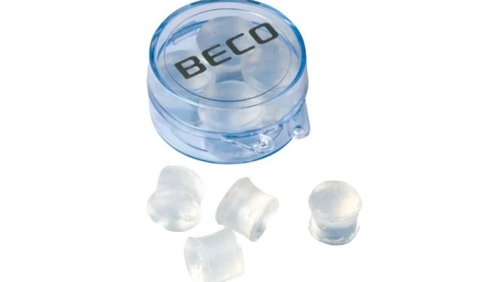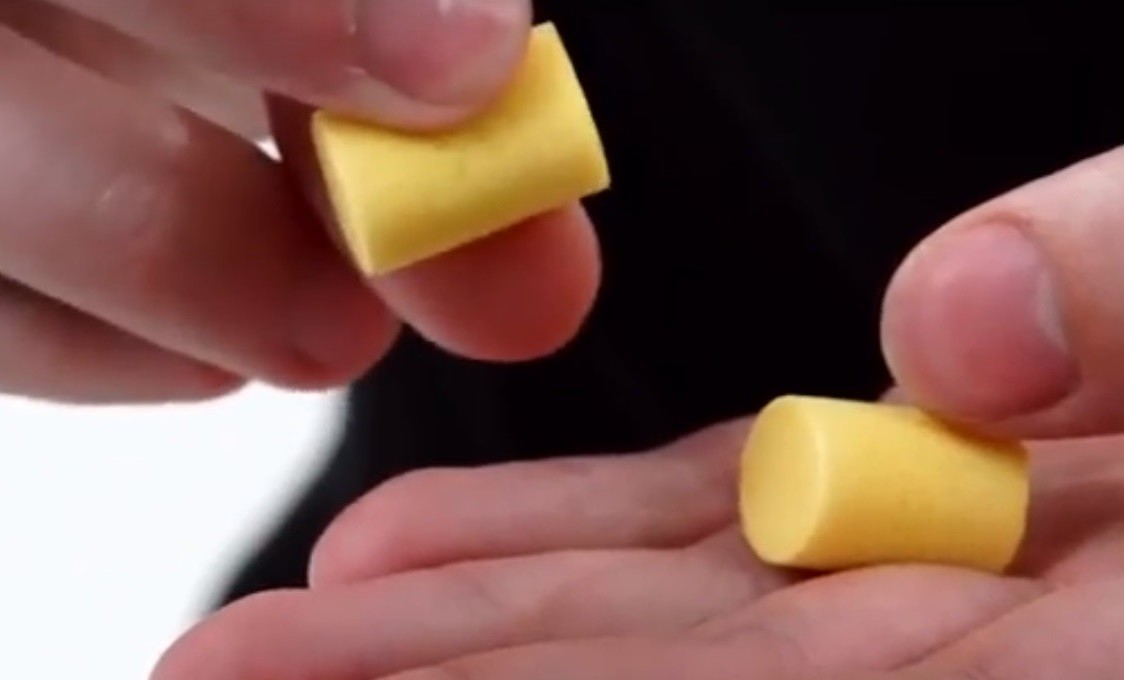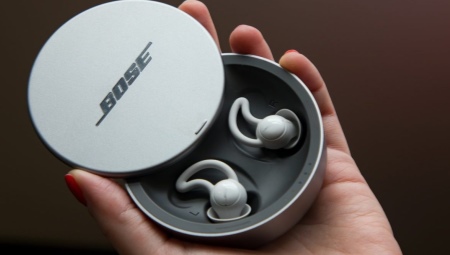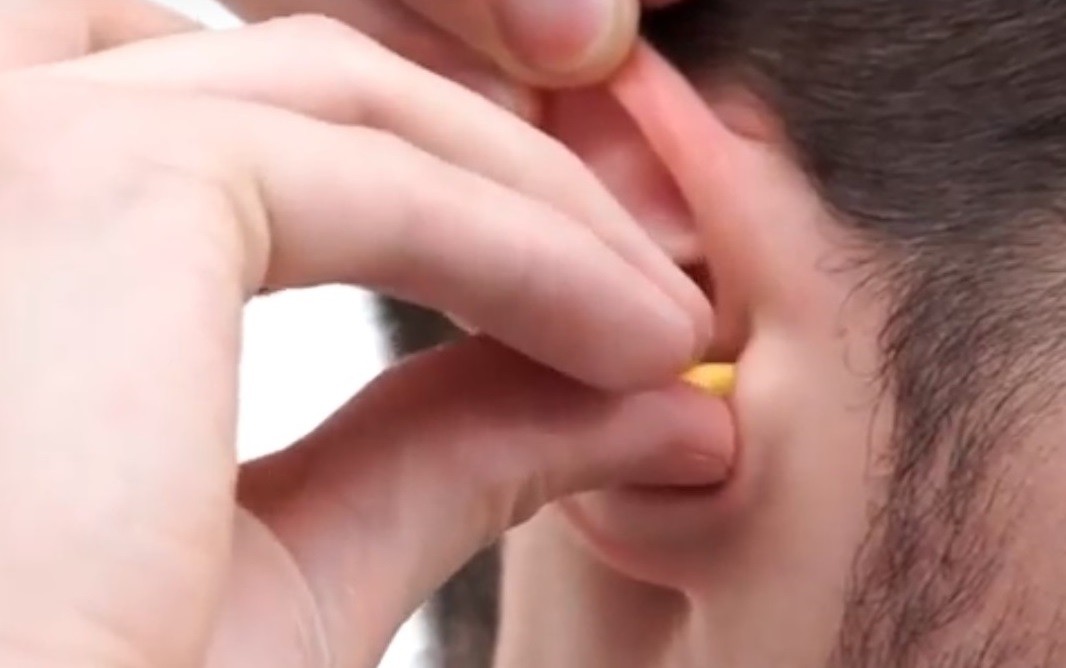Which earplugs are suitable for swimming?
Those that are waterproof. These earplugs are made of two materials: silicone and thermoplastic elastomer. Polyurethane foam and wax earplugs will not work. Wax earplugs are usually covered with cotton, which absorbs water well. And polyurethane foam swells in water and creates excessive pressure on the ear canals.
There are many models of silicone and thermoplastic earplugs: balls, "mushrooms", "herringbones" and individually made. There are no ideal ones among them. Experienced swimmers are advised to try several types of earplugs in order to choose the most comfortable for you.
Earplugs made of plastic silicone
The texture of these earplugs is similar to sticky dough. They need to be put into the ear, then with your fingers to give the desired shape - the silicone will be distributed over the auricle, tightly closing the ear canal. The silicone earplugs are washable. With daily use, one pair is enough for 1-2 weeks.
Pros: Inexpensive. Suitable for both adults and children, as they adapt to the shape of the ear.
Cons: May drop out and get lost while swimming. They have a high level of noise cancellation (up to 33 dB), so they interfere with the coach's hearing. Dust and lint easily adhere to the sticky silicone surface - earplugs have to be cleaned frequently.
Earplugs - "fungi" (or "herringbones")
Moldex Rockets earplugs are made from soft thermoplastic elastomer. Outwardly, the "fungus" ear plug really resembles a mushroom. It consists of a leg, to which are attached tapered rims (caps). There can be from one to four such hats in total. Each subsequent cap is wider than the previous one, which makes it difficult for water to enter the ear. Holding the leg, it is necessary to put the end of the earplug into the ear canal and turn it - due to the vacuum effect, the earplug will be drawn into the ear. The thermoplastic earplugs are easy to clean and last for several months.
Pros: Inexpensive. Hygienic, soft. Easy to insert and remove.
Cons: May not fit (most models are designed for adults). Interfere with a snug fit of the cap.
Custom earplugs
This service is usually offered by audiological centers. Earplugs are made of thermoplastic or dense silicone according to an individual ear impression. The impressions are removed by the hearing care professional
It is important to learn how to insert custom-made earplugs into your ears, otherwise they will constantly pop out during swimming. Instructions for use are issued with earplugs
Pros: Perfect fit to the shape of the ear. Feel comfortable. They serve for a long time.
Cons: Most expensive option. They can fall out and get lost, as well as factory earplugs (and it is more difficult to replace them). Young children often need adult help to properly insert earplugs.



